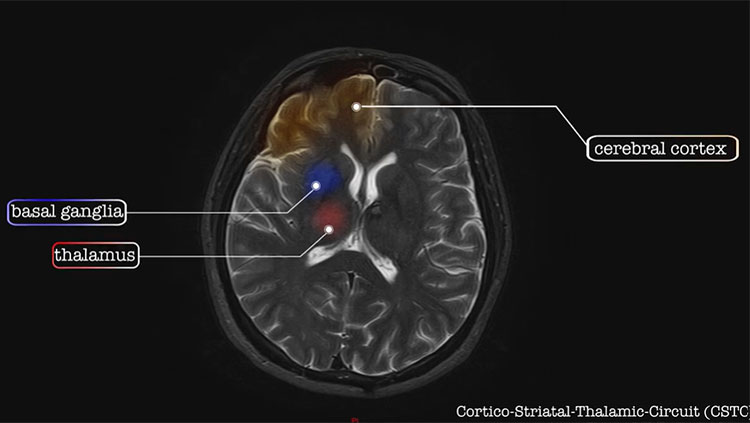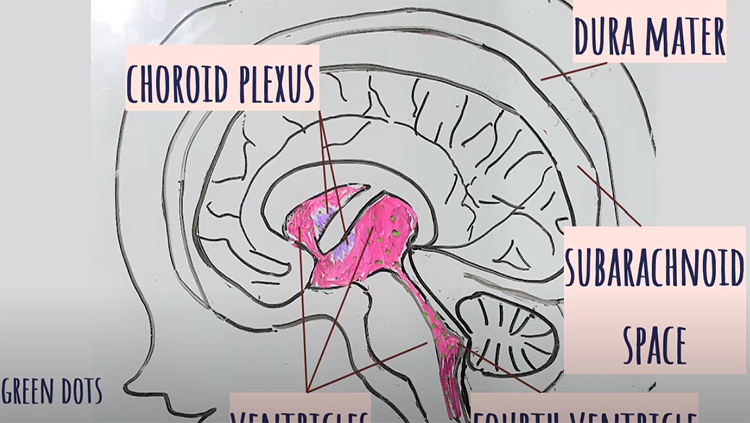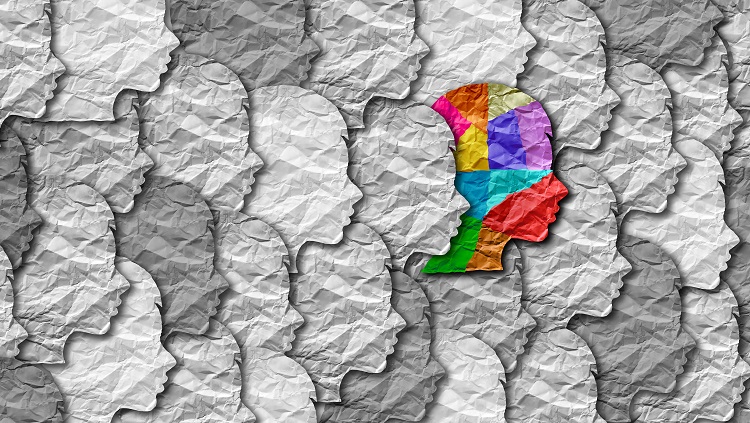Nutty Numbers
- Published24 Sep 2017
- Reviewed24 Sep 2017
- Source BrainFacts/SfN
Math is everywhere. We use it all the time without even realizing it. But for people with the neurological learning disorder dyscalculia, simple calculations can pose a huge challenge.
This video was produced for the 2017 Brain Awareness Video Contest.
CONTENT PROVIDED BY
BrainFacts/SfN
Transcript
Would you be able to estimate how many hairs there are on a person's head? 100,000, 200, 000, 500, 000? Or estimate how many blades of grass there are on a football field? A million, ten million, ten billion? Probably not, since these quantities are beyond what a common man can visualize and comprehend. Let's do a quick demonstration. How many marbles do you see here? Good.. Now how many do you see? Great! Now let's try this one.. Are you able to quickly tell how many marbles there are? Alright.. One last time. How many marbles do you see now? This one looks like we need some time to focus.
As you saw in this quick demonstration, when the group was small, you were able to easily estimate how many were there without actually counting each individual marble. As the number of marbles in the group increased, most of us found it difficult to estimate and quickly make a sensible guess. In the last step, we got to a point of haziness where the number became so large and we started thinking THAT’S A LARGE QUANTITY, without having any real idea about its actual magnitude. But unfortunately, some people have this haziness at an earlier stage with even smaller numbers. This symptom is an indicator of a specific learning development disorder commonly known as Dyscalculia
WHAT IS DYSCALCULIA Dyscalculia is a specific type of Neurological learning disorder where a person has difficulty with numbers and comprehending the basic concepts of math.
WHAT ARE THE SYMPTOMS or INDICATORS Since every individual is different, the indicators may vary. They are also affected by age group, but become more obvious as the child gets older. Let's look at an example to illustrate one of the most common indicators. Julie was shown a group of 10 apples and was asked to guess how many there were. She had guessed it right and counted one by one to confirm her answer. Immediately after that she was shown a group of 20 apples. Most people would have had a sense of quantity being doubled from 10. But Julie had trouble with this and she guessed 11. She did realize that the quantity had increased, but rather saw a quantity greater than what she could mentally comprehend. This is an example where the numbers 10 or 11 did not establish any relative quantity and they were just words. Here are some other indicators: Having no feel for numbers A difficulty visualizing numbers based on its value instead of mere words, characters, or symbols They tend to have trouble with sequencing as well Here the person has no intuitive sense of the sequence of the counting numbers.
THE SCIENCE BEHIND DYSCALCULIA Let's take a look at the science behind Dyscalculia. Numbers are universal and constantly confronting us in daily life. In fact, they are so omnipresent that most of us perform basic mathematical calculations every single day without even realizing it Some people seem to learn math quicker and easier than others. Research has shown how a difference in brain geography between individuals could affect their development in math.
The cortical territory in our brain is considered to handle the cognitive functions and help with our mathematical learning & understanding. This territory is a network of 3 regions namely the posterior parietal cortex, ventrotemporal occipital cortex, and the prefrontal cortex. Researchers have found that success in math was related to the strength of connectivity between these regions to form a network. They have also discovered that there is a specific part of the brain in the cortical territory essential for our counting skills and is linked to Dyscalculia. This region is known as the intraparietal sulcus or IPS, located toward the superior and posterior region of the brain and across both lobes. It is crucial for the proper processing of numerical information.
The IPS has been known for years as the brain area that allows humans to conceive numbers. It helps with numerical processing in children, and later expands the capacity for higher-math operations in adulthood.
REMEDIES and STRATEGIES While there has been no identifiable cure for Dyscalculia, Researchers have shown that a multi-sensory, structured approach can help people with Dyscalculia and help some people to develop a stronger and more secure sense for numbers In conclusion, As a social citizen, it is in our best interest to create an awareness in society regarding such learning disorders. Or else, it could be easily misunderstood to be sloppy or careless work habits among children that could be leading to a severe mental disorder. I hope this video has given you adequate insights into this unique learning developmental disorder, that would not only help us understand but also spread awareness within our communities. Thank you for watching.
Also In Childhood Disorders
Trending
Popular articles on BrainFacts.org

















